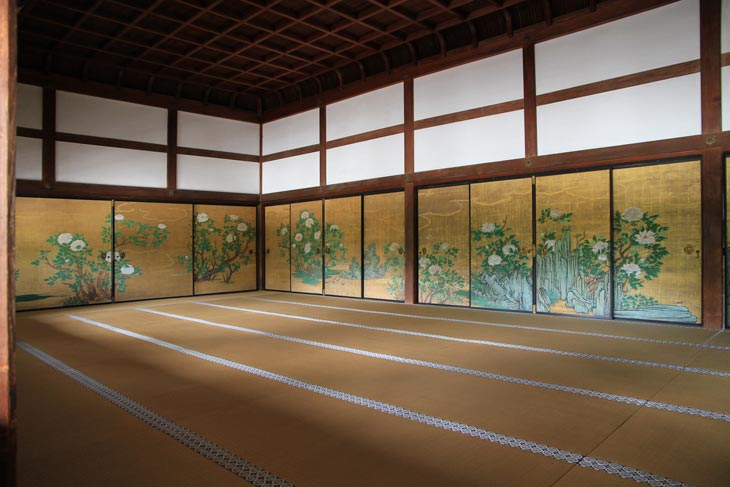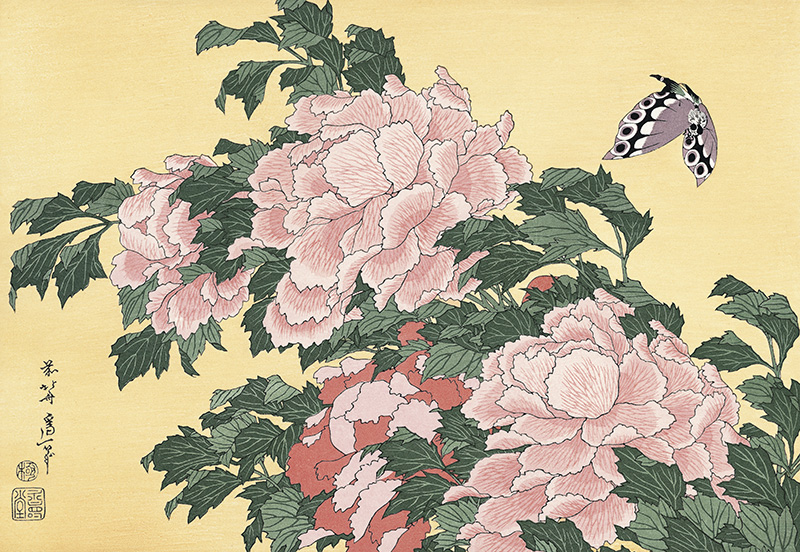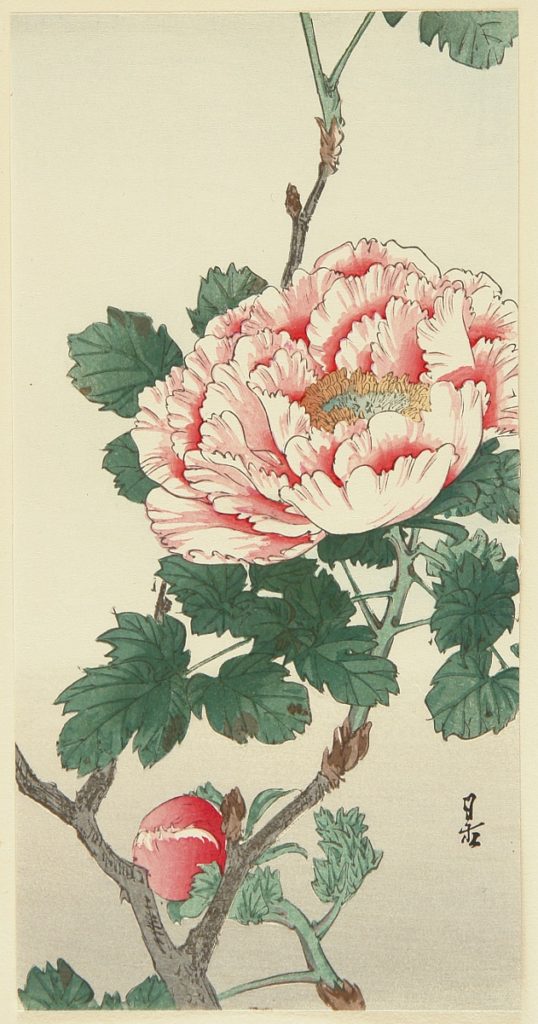
Mankind cultivates the peony plant since the most ancients times. Eastern Asia widely worshippes this flower, far from any comparison of its kind in Europe.
The rose without thorns in ancient times
Already in ancient times the human being knew the peony. In Greek mythology 2000 years ago Omero mentioned it in the Iliad. The botanical generic name of the peony it’s Paeonia. It derives indeed from the Greek word “paionia” and stands for the doctor of the gods Paeon. He used this flower to heal Pluto, the god of the underworld, after Heracles wounded him.
In Roman mythology, Poseidon’s horses crashed on his son Hippolytus. After his violent death, Artemis brought him back to life with a peony. When he came back to life he took the name Virbuis, which means twice man.
Poems and paintings often glorify the peony. A legend says is also has magical properties, capable of warding off evil spirits. Furthermore, the peony was the only flower that refused to bloom in winter. You can find the story here.
In China during the Tang Dynasty (618 – 907) the peony established itself as a symbol of wealth. Because of its great beauty, the “Queen of Flowers” served as an ornament for the women at court. It symbolised happiness, love, harmony and fertility in married life. Standing for spring and the near summer, it was the national flower of China for a long time.


The Peony from China to Japan
Even before the year 1000, crossing the borders of China, peonies arrived in Japan where they obtained the same fame. At that time it was just an ornamental flower and only upper-class people could enjoy it. Some families in Japan used the peony as a family crest. Over time, and with the help of plant breeding, peonies became more available and popular among the masses.
A legend tells that a monk from Japan sailed to China. He was on a quest to Mount Wutai to meet Monju, the Bodhisattva of wisdom. On his way, he came across a boy carrying a bundle of firewood at the foot of an old stone bridge. He warned the monk not to cross, because hungry Shishi (or Foo Dogs) lurked on the other side. The monk heeded the boy’s advice, even though he knew it meant that he would fail his mission. Catching the sweet aroma of botan, he saw one of the beasts frolicking around a bush of peonies. As he stood in awe, the boy revealed himself to be Monju. He rewarded the monk for having the wisdom to not trespass on sacred ground.
The Peony in the Ukiyo-e period and the Noh Theater
The art of the Ukiyo-e period started with monochromatic woodblock prints of women. As the process developed it became a full-color production with sometimes 10 or more blocks going into a print. They would produce prints of subjects like female beauties, sumo wrestlers, historic scenes, flora/fauna, erotica, etc. Utagawa Kuniyoshi was one of the last great masters of Ukiyo-e woodblock prints and painting. He popularized this style of peony.
In a Noh theater piece, the Karashishi, a lion serving a Buddhist deity, dances along the flowering peonies celebrating eternal peace.



Botan as Japanese tattoo motif
Peonies are one of the most common flowers in traditional Japanese tattoos. However this doesn’t mean they’re not special. No flower in traditional Japanese tattoos is quite as prestigious as the peony.
In the Japanese tattoo art Horimono / Irezumi, this flower has also the name Botan. One source of inspiration for the use of the peony in Japanese tattoo was certainly Utagawa Kuniyoshi (1797-1861). His prints dealed with the series of 108 heroes of the Suikoden. They were outlaws who fought against the injustice of the corrupt authorities in defence of the weak. These warriors were covered in tattoos such as lions, tigers, dragons, koi carp, and peonies, among other symbols. For this reason, one of the meanings associated with the peony in Japanese tattoo is also that of masculine power.
If we tickled your interest and curiosity contact us via our contact form! You can schedule an appointment with Swen for Japanese tattoos in Berlin center.
Your Good Old Times Team.

